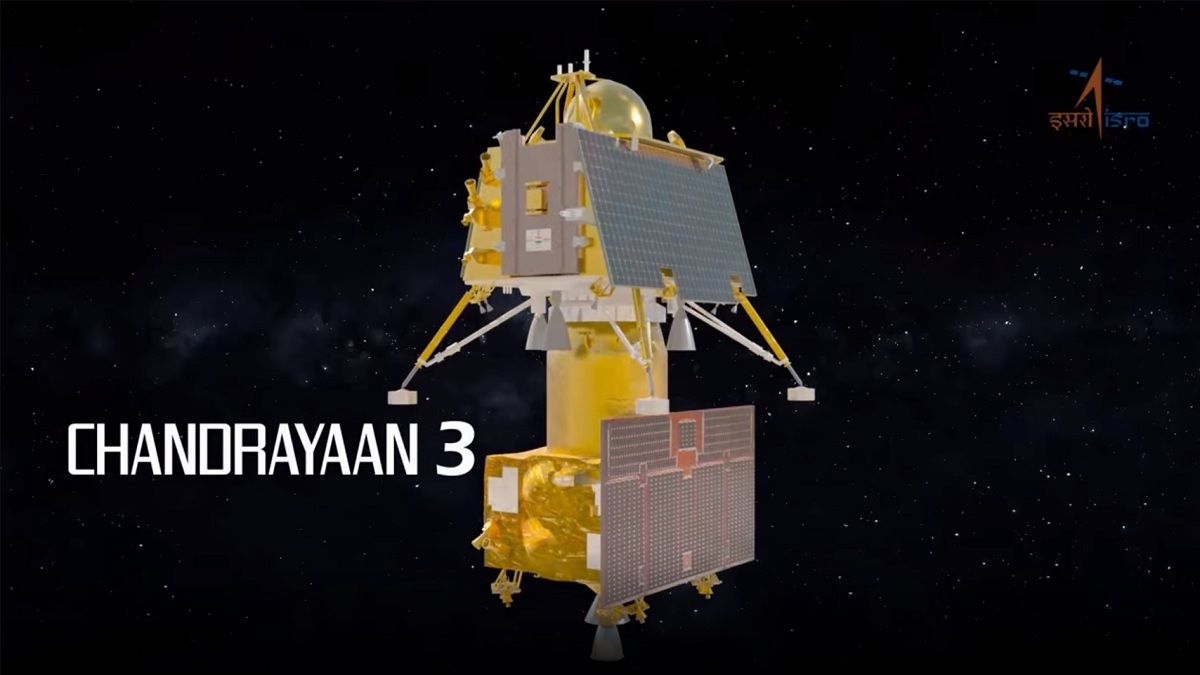
ISRO’s Unwavering Quest Reestablishing Contact with Vikram Lander and Pragyaan Rover on the Moon The Indian Space Research Organisation (ISRO) continues its unwavering commitment to the ambitious mission of reestablishing communication with the Vikram lander and Pragyaan rover, which made a historic touchdown near the Moon’s south pole in August. This remarkable endeavor is set against the backdrop of the Moon’s unique day-night cycle, where each lunar day and night lasts approximately 14 Earth days, presenting both challenges and opportunities for the mission.
The Challenge of the Lunar Day-Night Cycle
The Moon’s day-night cycle stands in stark contrast to that of Earth. On our planet, we experience roughly 24 hours of day and night. However, on the Moon, a single lunar day and night each stretch to approximately 14 Earth days. This means that the Vikram lander and Pragyaan rover have endured prolonged periods of extreme cold and darkness during their lunar nights, followed by equally extended periods of scorching sunlight during the lunar days.
ISRO’s Tenacity in the Face of Challenges
Despite the inherent challenges posed by the lunar environment, ISRO remains steadfast in its commitment to reconnect with the Vikram lander and Pragyaan rover. The agency’s determination is a testament to its scientific and technological prowess, as well as its unwavering spirit of exploration.
The Search for Signs of Life
The Vikram lander and Pragyaan rover were equipped with scientific instruments designed to study the Moon’s surface and investigate the potential presence of water ice at the south pole. The data gathered by these instruments could provide valuable insights into the Moon’s geological history and, by extension, Earth’s own past. Thus, the mission’s success could have profound implications for our understanding of planetary evolution.
Hope on the Horizon
While communication with the lander and rover was lost during their descent in September, ISRO has not given up hope. The agency continues its efforts to reestablish contact, drawing on the expertise of its scientists and engineers. Success in this endeavor would mark a historic achievement, rekindling the mission’s original objectives and potentially unlocking a trove of scientific knowledge.
Conclusion
ISRO’s unwavering commitment to reestablishing contact with the Vikram lander and Pragyaan rover on the Moon serves as a testament to the agency’s dedication to space exploration and its pursuit of scientific knowledge. Despite the unique challenges posed by the Moon’s extended day-night cycle, ISRO’s tenacity and expertise offer hope for a successful reconnection. The potential scientific discoveries and insights that may arise from this mission highlight the enduring value of space exploration and our quest to unlock the mysteries of the cosmos.

